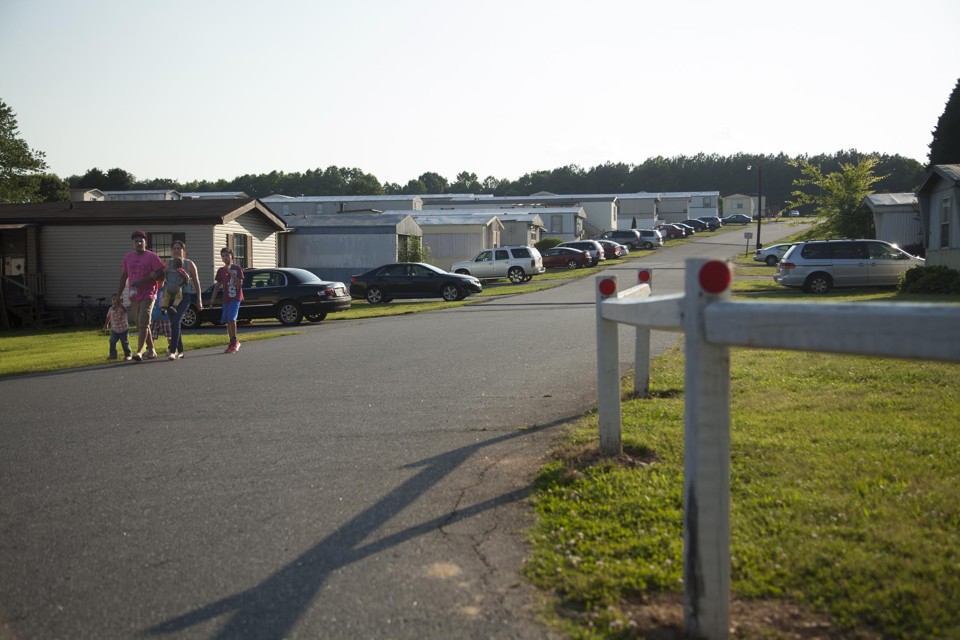Why Colleges in Appalachia Are Recruiting Latinos

*An interesting statistic in this piece, kinda geeky. But, six of the 10 states with the fastest-growing Hispanic populations in the country are in the Appalachian South. We’re everywhere. VL
 By Timothy Pratt, The Atlantic (22 minute read)
By Timothy Pratt, The Atlantic (22 minute read)
Among Hickory’s most picturesque landmarks is Lenoir-Rhyne University, a private liberal arts school with a leafy campus of stately brick buildings and well-kept, wide-open spaces. The evangelical Lutheran institution named in part for a Confederate Civil War officer remains more than two-thirds white, and costs $43,200 a year for tuition, room, and board. It’s less than four miles from the Paradise Valley Mobile Home Park, where the Cantus and other mostly Hispanic Catholic families live.
They might as well be in two different worlds. But now these two worlds are colliding.
“Liberal-arts colleges are in crisis,” said Doug Sofer, a history professor at another of these schools, Maryville College in Tennessee. Hispanics, Sofer said, “should be an obvious demographic target, and it’s in our own self-interest to figure this out.”
Six of the 10 states with the fastest-growing Hispanic populations in the country are in the Appalachian South, with their numbers of Hispanics up between 120 and 176 percent since 2000. They’re drawn by jobs in sectors ranging from food services to farming to furniture manufacturing. READ MORE
[Photo courtesy of The Atlantic]

